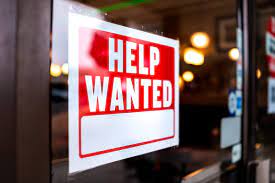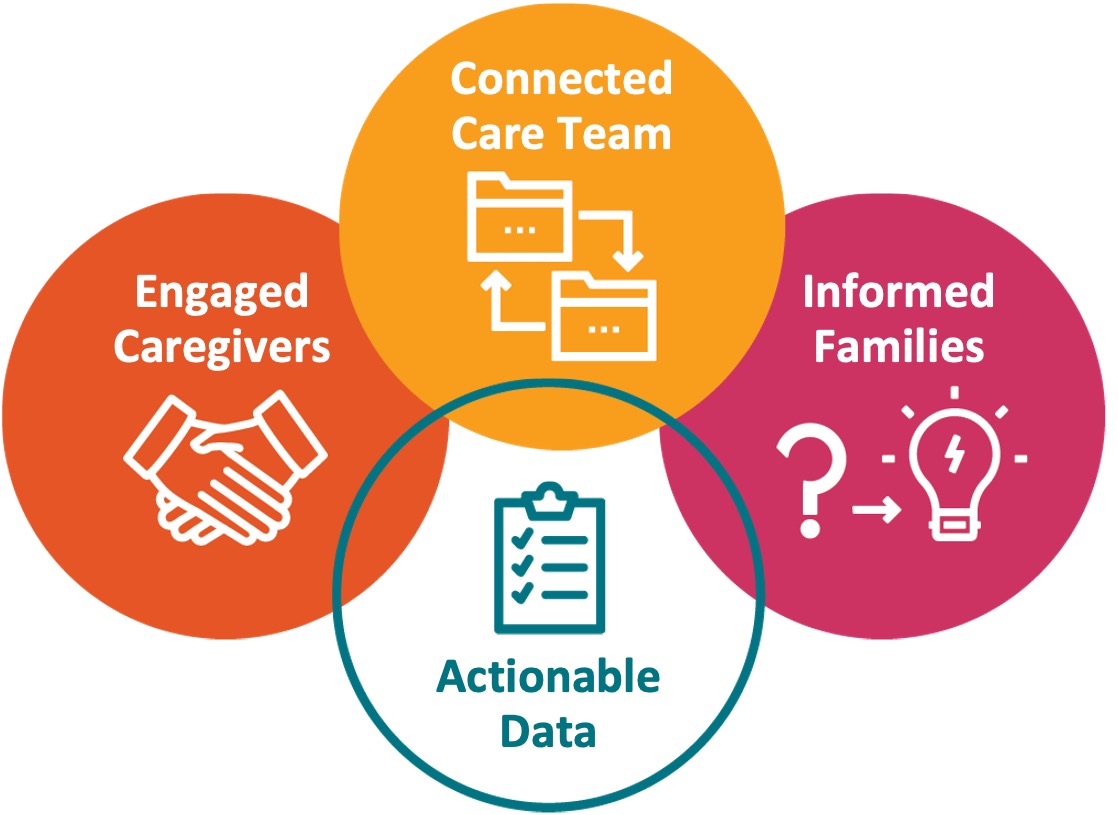Older adults can save tens of thousands of dollars annually by choosing assisted living communities over aging in place in their homes.
Unlike point solutions, Inspiren unifies resident safety, care planning, staffing, and emergency response into a single AI-powered platform.
An artificial intelligence-powered virtual assistant platform for senior living and care providers.

 Voice assistants made device hardware actually seem smart.
Voice assistants made device hardware actually seem smart.  A well-known consulting firm assesses the growing care gap.
A well-known consulting firm assesses the growing care gap.  This was conceived by Andrea Cohen, Founder and Vice-Chair of HouseWorks, a home care company started in Boston. Andrea noted, "When employed to its fullest, remote care technology improves every aspect of how care is delivered in the home. Imagine what's possible when every stakeholder wins." The vision: Change the work process to produce Engaged Caregivers, a Connected Care Team, and Informed Families. Why does this matter now? The home care industry is enormously challenged today --
This was conceived by Andrea Cohen, Founder and Vice-Chair of HouseWorks, a home care company started in Boston. Andrea noted, "When employed to its fullest, remote care technology improves every aspect of how care is delivered in the home. Imagine what's possible when every stakeholder wins." The vision: Change the work process to produce Engaged Caregivers, a Connected Care Team, and Informed Families. Why does this matter now? The home care industry is enormously challenged today --